The uses of a Faraday cage – an electrochemist’s point of view
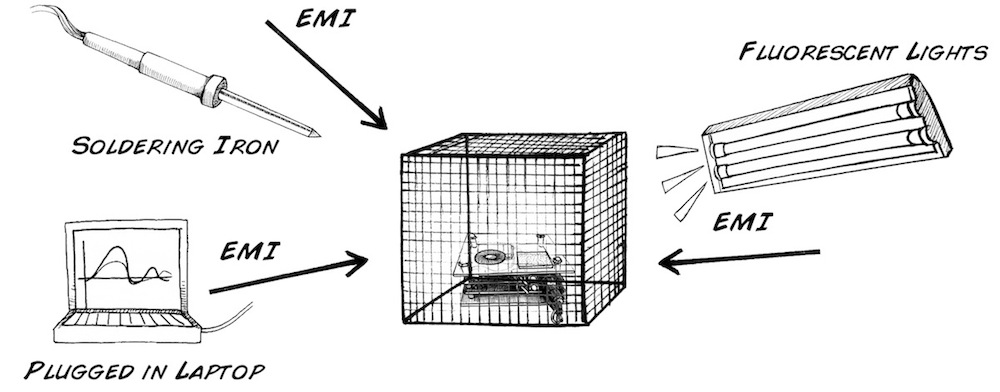
The Faraday cage represents a shelter that can be built using various materials – wood, plastic, brick (non-conducting materials). The exterior of this cage should contain conductive materials such as aluminum, iron, copper or galvanized wiring. The outer coating of a Faraday cage should be perfectly closed from one end to another and conductive on all sides. The Faraday cage was discovered in 1843 by a physicist named Michael Faraday, where the name of the invention comes from.
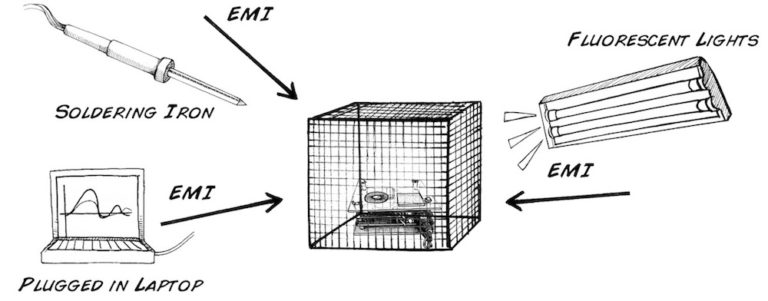 In fact, the effects include both a theory of electric fields and one of the electromagnetic fields. A Faraday cage has a multitude of applications: high protection against electric discharge, protection against electromagnetic pulse (EMP), protection against intercepting electromagnetic radiation and other parasitic interferences. In order to understand how a Faraday cage works, concepts such as electromagnetic field, interference, Gauss’s law and so on should be researched.
In fact, the effects include both a theory of electric fields and one of the electromagnetic fields. A Faraday cage has a multitude of applications: high protection against electric discharge, protection against electromagnetic pulse (EMP), protection against intercepting electromagnetic radiation and other parasitic interferences. In order to understand how a Faraday cage works, concepts such as electromagnetic field, interference, Gauss’s law and so on should be researched.
As for the uses of a Faraday cage, they are numerous and used in diverse fields, not electrochemistry only. Here is a list of uses that you may want to know about:
Anti-static bags
Most computer companies use anti-static bags in order to store and deliver components. An anti-static bag is usually recommended for storing all sorts of electronic components that are prone to damage because of electrostatic or electromagnetic discharge. Conductive anti-static bags are usually made of a conductive layer and a dielectric plastic coat. It works as a Faraday cage, as it is both a shield and a non-conducting barrier. The degree of protection against electrostatic discharge is given by how thick the conductive layer is. An anti-static bag is not enough when it comes to protecting a component from large electrostatic discharges or mechanical shocks.
Electrostatically isolated shelters
All sides of the cage have to be connected to one another if you want to obtain an electrostatically isolated shelter. Maximum protection cannot be obtained without perfect closure. Any discontinuation in the shelter may allow frequencies to pass. These shelters can be built in any desired size and their purpose is to protect its content from certain types of discharge. You can also create a Faraday cage that allows a small about of frequency inside by connecting a small mesh to a ground socket. Inside the cage, a radio receiver or a phone cannot work, as the signal reception is interrupted.
Analytical chemistry
Talking about chemistry, the Faraday cage can be used in order to properly perform measurements. Reducing the noise in analytical chemistry tests is a must, so that the results obtained are conclusive. Sensitive measurements cannot be obtained without an appropriate environment and the Faraday shield effect is the most relevant in such situations.


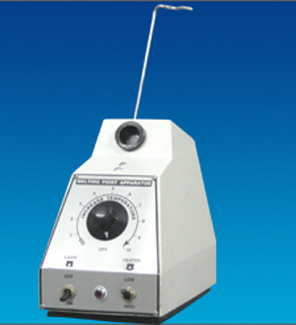

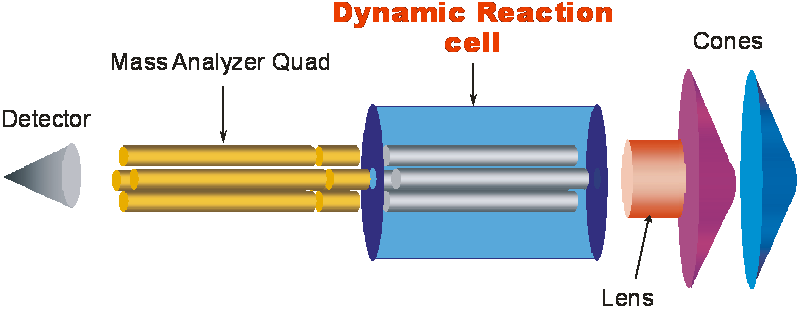
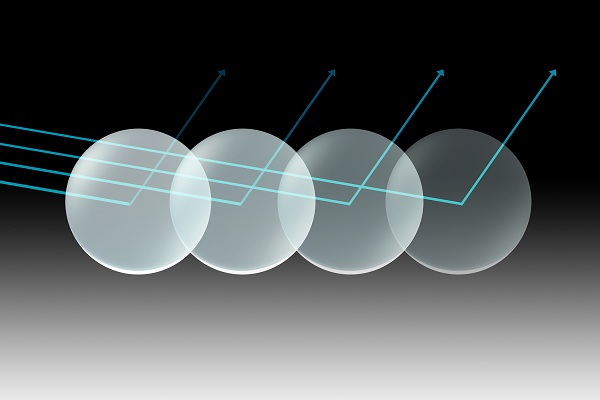
Responses